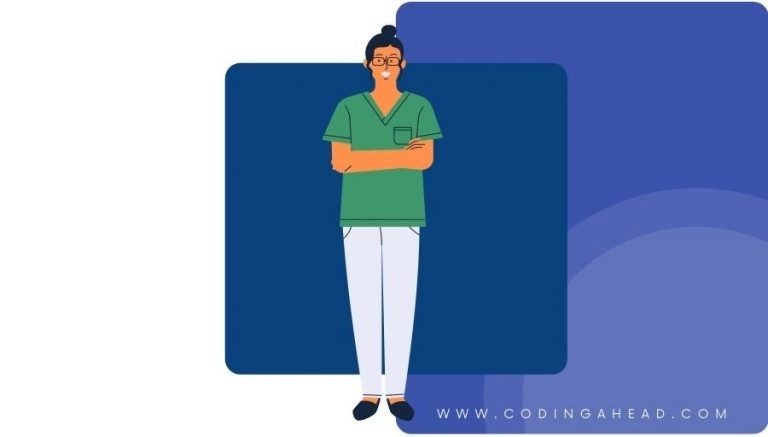How To Use CPT Code 31525
CPT 31525 describes the diagnostic procedure of direct laryngoscopy, with or without tracheoscopy, to examine the larynx and detect any abnormalities. This article will cover the description, official details, procedure, qualifying circumstances, appropriate usage, documentation requirements, billing guidelines, historical information and billing examples.
1. What is CPT Code 31525?
CPT 31525 is used to describe a diagnostic procedure called direct laryngoscopy. During this procedure, a healthcare provider uses a laryngoscope to directly visualize the larynx, or voice box, to identify any abnormalities. Tracheoscopy, which involves visualizing the trachea or windpipe, may also be performed as part of this procedure. It is important to note that CPT 31525 is applicable for individuals aged 30 days or older.
2. Official Description
The official description of CPT code 31525 is: ‘Laryngoscopy direct, with or without tracheoscopy; diagnostic, except newborn.’
3. Procedure
- After appropriate preparation and anesthesia, the healthcare provider inserts a laryngoscope into the throat to directly view the laryngeal and hypopharyngeal structures.
- If necessary, the provider may also perform tracheoscopy to visualize the interior of the trachea.
- This diagnostic procedure is typically performed on individuals aged 30 days or older.
4. Qualifying circumstances
CPT 31525 is applicable for diagnostic procedures performed on individuals aged 30 days or older. It is used when a healthcare provider uses a laryngoscope to directly visualize the larynx and may perform tracheoscopy as well. The procedure is performed to detect any abnormalities in the laryngeal and hypopharyngeal structures.
5. When to use CPT code 31525
CPT code 31525 should be used when a healthcare provider performs a direct laryngoscopy, with or without tracheoscopy, for diagnostic purposes on individuals aged 30 days or older. It is important to ensure that the procedure meets the specific criteria outlined in the code description.
6. Documentation requirements
To support a claim for CPT 31525, the healthcare provider must document the following information:
- Reason for the procedure and the need for diagnostic evaluation
- Details of the direct laryngoscopy and tracheoscopy, if performed
- Date and duration of the procedure
- Findings and any abnormalities detected
- Signature of the healthcare provider performing the procedure
7. Billing guidelines
When billing for CPT 31525, ensure that the procedure meets the specific criteria outlined in the code description. It is important to follow the guidelines provided by the payer and accurately report the services provided. Additionally, consider any applicable modifiers or additional codes that may be necessary for proper billing.
8. Historical information
CPT 31525 was added to the Current Procedural Terminology system on January 1, 1990. There have been no updates or changes to the code since its addition.
9. Examples
- A healthcare provider performs a direct laryngoscopy to examine the larynx of a patient with persistent hoarseness.
- During a diagnostic procedure, a laryngoscope is used to visualize the larynx of a patient experiencing difficulty swallowing.
- A healthcare provider performs a direct laryngoscopy with tracheoscopy to evaluate a patient with chronic cough.
- Using a laryngoscope, a healthcare provider examines the larynx of a patient with vocal cord nodules to assess their condition.
- During a diagnostic procedure, a healthcare provider uses a laryngoscope to visualize the larynx of a patient with suspected vocal cord paralysis.
- A direct laryngoscopy is performed on a patient with a history of throat cancer to monitor their condition.
- A healthcare provider performs a direct laryngoscopy to evaluate a patient with suspected laryngeal trauma.
- Using a laryngoscope, a healthcare provider examines the larynx of a patient with chronic laryngitis to assess the extent of inflammation.
- A diagnostic procedure involves a direct laryngoscopy to evaluate a patient with suspected laryngeal polyps.
- A healthcare provider performs a direct laryngoscopy to assess the larynx of a patient with suspected vocal cord dysfunction.


